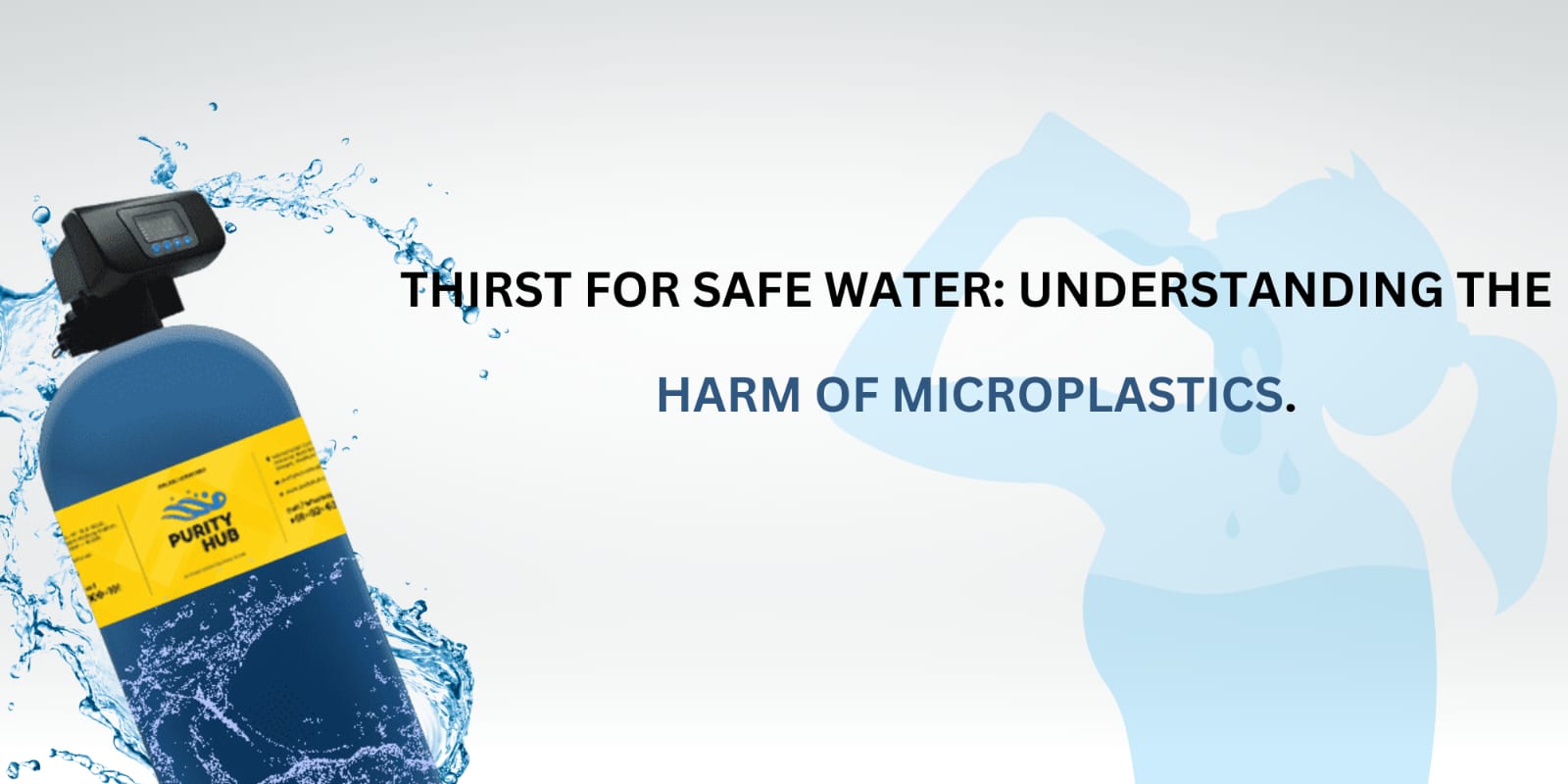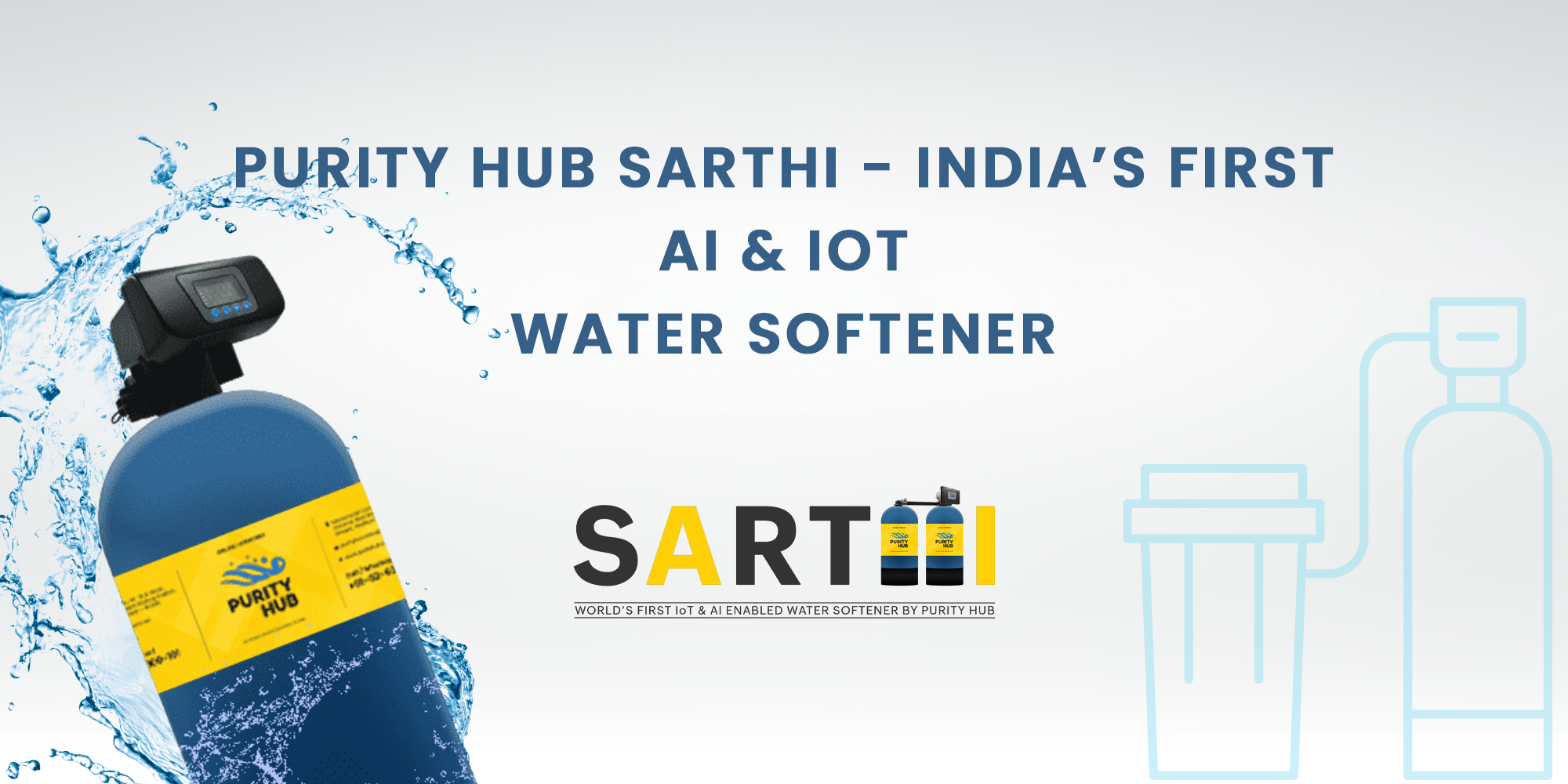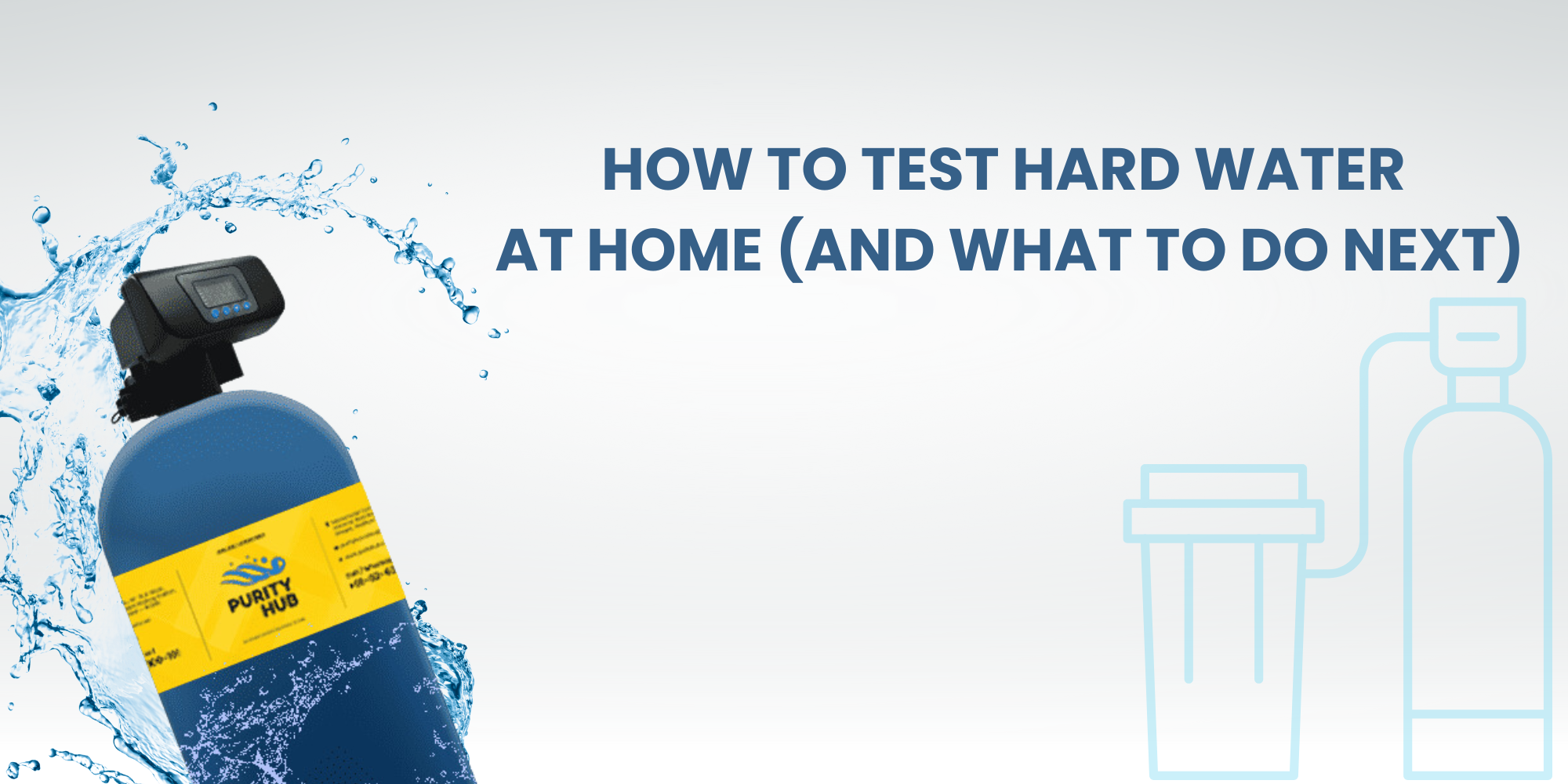
Water is essential for life, but various contaminants increasingly compromise its purity. Among these, microplastics have emerged as a significant concern. These tiny plastic particles, often invisible to the naked eye, are pervasive in our environment and pose a threat to human health and ecosystems. Understanding what microplastics are, how they enter our water supplies, their potential health effects, and ways to mitigate their presence is crucial for ensuring safe drinking water.
What Are Microplastics?
Microplastics are small plastic particles less than 5 millimetres in diameter. They can be classified into two categories:
1. Primary Microplastics: These are intentionally manufactured small particles, such as microbeads found in personal care products or plastic pellets used in industrial processes.
2. Secondary Microplastics: These result from the breakdown of larger plastic items, such as bottles, bags, and packaging, due to environmental factors like sunlight and mechanical wear.
Sources of Microplastics in Drinking Water
Microplastics can enter drinking water supplies through various pathways:
1. Surface Runoff: Plastics discarded in the environment can break down into microplastics and be carried into water bodies through surface runoff.
2. Wastewater Treatment Plants: Microplastics from household and industrial waste can pass through wastewater treatment plants, which often need to be equipped to fully remove them and enter rivers, lakes, and oceans.
3. Atmospheric Deposition: Microplastics can be transported by wind and deposited into water bodies, including drinking water reservoirs.
4. Bottled Water: Studies have found that microplastics can also be present in bottled water, possibly due to contamination during the bottling process or from the plastic bottles themselves.
Health Effects of Microplastics
The potential health effects of microplastics in drinking water are still being studied, but emerging evidence suggests several areas of concern:
1. Physical Harm: Microplastics can cause physical damage to tissues if ingested in large quantities. They can lodge in the gastrointestinal tract, leading to inflammation and other adverse effects.
2. Chemical Exposure: Microplastics can absorb and concentrate harmful chemicals from the environment, such as pesticides and heavy metals. When ingested, these chemicals can leach out, potentially causing toxic effects.
3. Biological Contamination: Microplastics can act as carriers for pathogens, including bacteria and viruses, which can adhere to their surfaces. This could increase the risk of waterborne diseases.
4. Endocrine Disruption: Some microplastics contain additives, such as phthalates and bisphenol A (BPA), known to disrupt endocrine function, potentially leading to reproductive, developmental, and hormonal issues.
Detection and Measurement of Microplastics
Detecting and measuring microplastics in drinking water is challenging due to their small size and diverse nature. Advanced analytical techniques, such as Fourier-transform infrared spectroscopy (FTIR) and Raman spectroscopy, are commonly used to identify and quantify microplastics in water samples.
Reducing Microplastic Pollution
Addressing microplastic pollution requires a multi-faceted approach involving policy changes, technological advancements, and individual actions:
1. Policy and Regulation: Governments can implement stricter regulations on plastic production, use, and disposal. Bans on single-use plastics and microbeads in personal care products are effective measures.
2. Waste Management: Improving waste management infrastructure, including recycling programs and landfill management, can help reduce plastic waste entering the environment.
3. Water Treatment Technologies: Developing and implementing advanced water treatment technologies capable of removing microplastics is essential. Techniques such as membrane filtration and advanced oxidation processes show promise.
4. Public Awareness and Action: Educating the public about the impact of plastic pollution and encouraging responsible consumption and disposal of plastic products can reduce the overall plastic footprint.
What Can You Do?
Individuals can take several steps to reduce their contribution to microplastic pollution and protect their health:
1. Reduce Plastic Use: Opt for reusable products, such as metal water bottles and cloth shopping bags, to minimize single-use plastic waste.
2. Choose Natural Fibers: When purchasing clothing and textiles, opt for natural fibres like cotton and wool instead of synthetic materials that shed microplastics during washing.
3. Proper Disposal: Dispose of plastic waste responsibly and participate in local recycling programs.
4. Support Legislation: Advocate for policies and regulations that aim to reduce plastic pollution and support research on microplastics.
Conclusion
Microplastics in drinking water represent a growing environmental and health concern. While much is still to be learned about their full impact, the evidence suggests that action is needed to mitigate their presence and protect both human health and ecosystems. By understanding the sources and effects of microplastics, supporting advanced water treatment technologies, and adopting more sustainable practices, we can help ensure that our thirst for safe water is met with clean, microplastic-free resources.



